Icons for human - machine collaboration (HMC):
Visual Tools for Research and Publications
Beta Version
Overview
‘What if we had a Turing declaration for human intelligence?’, this was the question for the future in Opportunity 41 in the 2024 edition of The Global 50 report for the post-Turing era, where machine language and intelligence are indistinguishable from human language and intelligence: To follow up on this opportunity, while acknowledging the nuanced evolving nature of human–machine collaboration, the Dubai Future Foundation (DFF) is introducing a classification system that supports a visual representation of the evolving human-machine collaboration in research, design and publications.
Effective from the date of the white paper, every DFF research report will display respective icons for human-machine collaboration, demonstrating our commitment to transparency and establishing a new standard for ethical research practices.
Common Research, Design and Publications Functions
As a foundation for the development of the classification system, we considered various processes that may involve machines:
- Conceptualisation: The process of generating ideas and combining concepts to create new insights or solutions. It includes brainstorming, problem-framing, idea development, and the design of approaches and research methodologies.
- Data collection: The application of varied approaches to collect information through primary or secondary research.
- Data analysis: The application of varied methods, both qualitative and quantitative, to analyse information collected through primary or secondary research.
- Data interpretation: The application of critical analysis and reflection to uncover thematic findings and conclusions from collected and analysed data.
- Writing: The use of written language to express opinions, present findings and provide critical analysis.
- Translation: The process of converting text from an original, authoritative and operative version into another language while maintaining its meaning and intent.
- Visuals: Components of a report, video or other content used to convey information visually. These may include images, charts, graphs, visualisations, motion graphics and other representations.
- Design: The process and output of organising visual and functional elements of research into presentations, reports or other media (such as podcasts or videos).
Classification
HMC icons for research (design) and publications work by combining icons for human-machine collaboration and icons for common research and publication functions. The icons are designed to work together to provide a simple, visual representation of the WHAT and HOW of machine involvement in the research and publication process. From “all human” to “all machine”, these icons provide – at a glance – a standard depiction of the extent to which research outputs have been shaped by machines. Researchers, writers, publishers and any other content creators, may voluntarily opt-in to adopt these standards to build trust in their work through transparency and ethics.
Icons for Human - Machine Collaboration
| Human Role | Icon Representation | Machine Role |
|---|---|---|
All human |
All human. | None |
Leader |
Human led. Machines conduct checks, highlight and correct errors, enhance output. | Oversight |
Collaborator |
Machine assisted. Machines and humans work together. |
Collaborator |
Oversight |
Machine led. Humans conduct checks, highlight and correct errors, enhance output. |
Leader |
None |
All machine. |
All machine |
Icons for Common Research and Publications Functions
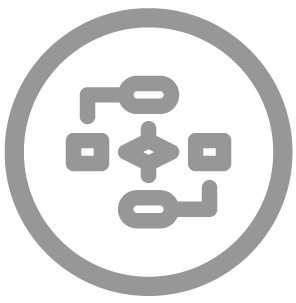 Ideation |
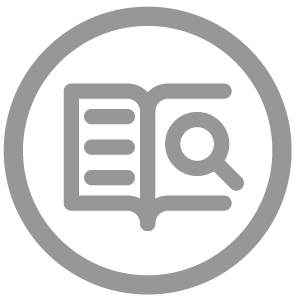 Literature Review |
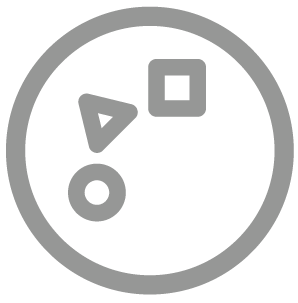 Data Collection |
 Data Analysis |
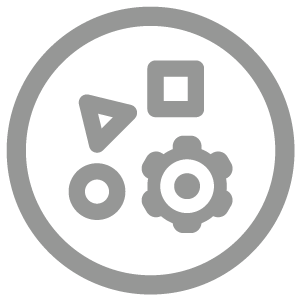 Data Interpretation |
 Writing |
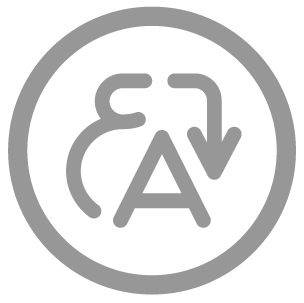 Translation |
 Visuals |
 Design |
Click here to view example
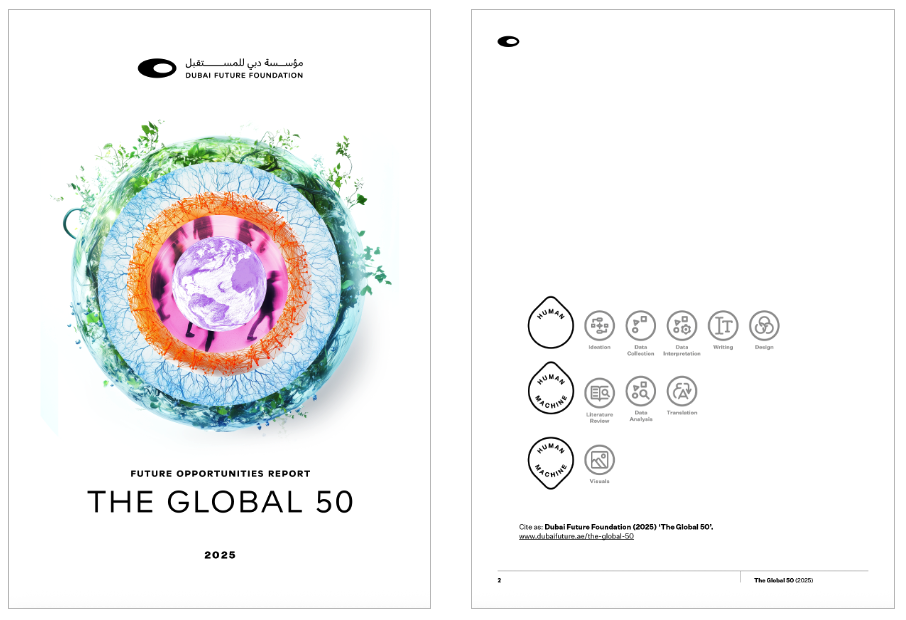
We invite the global community to provide their feedback and comments to [email protected].